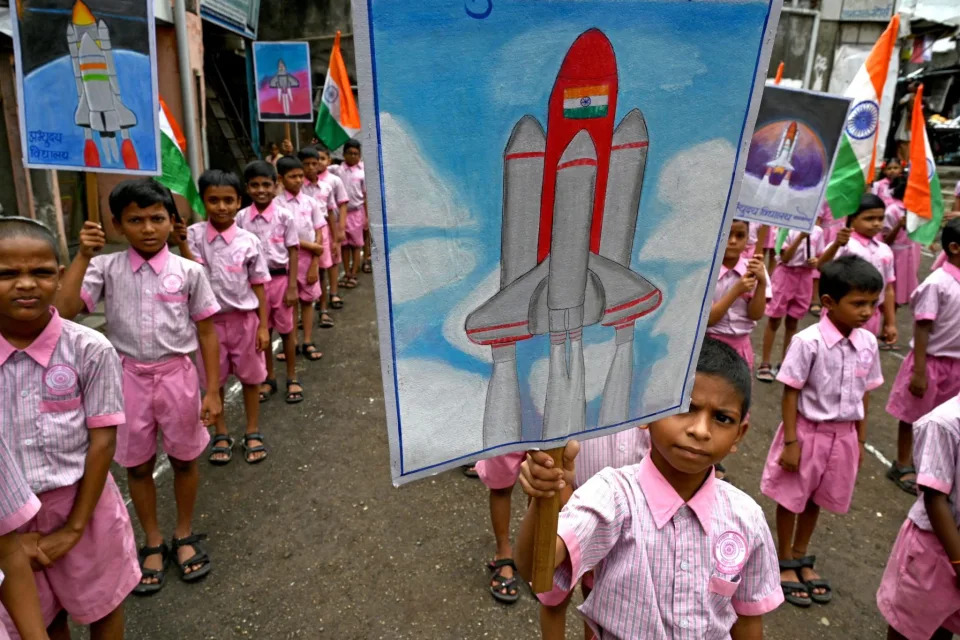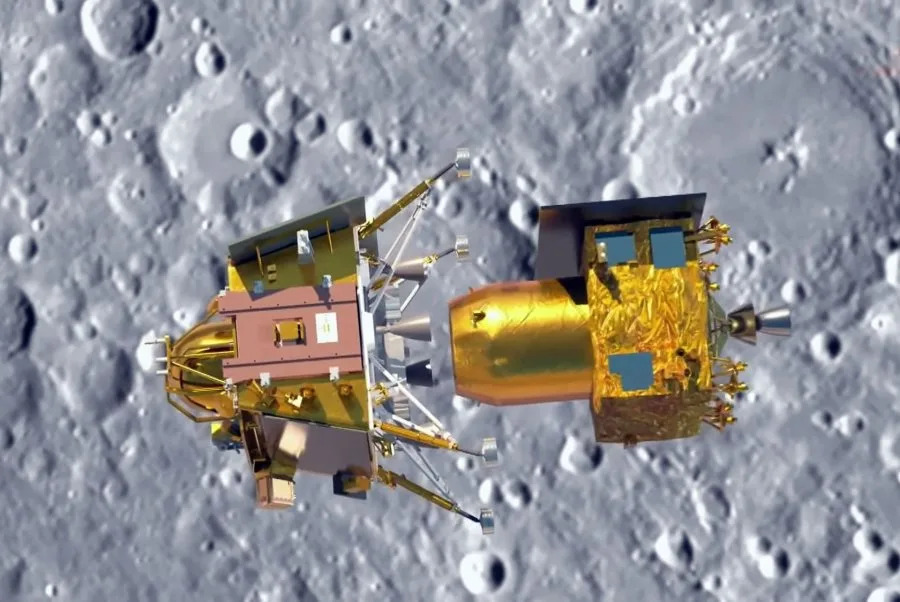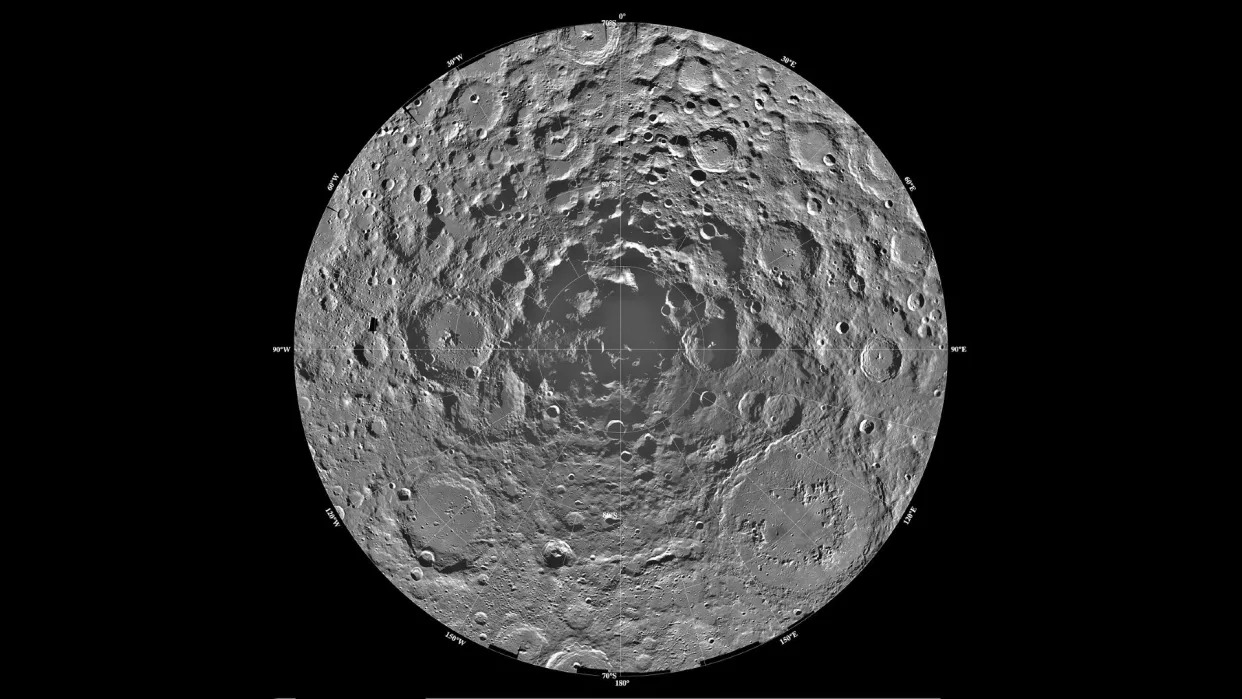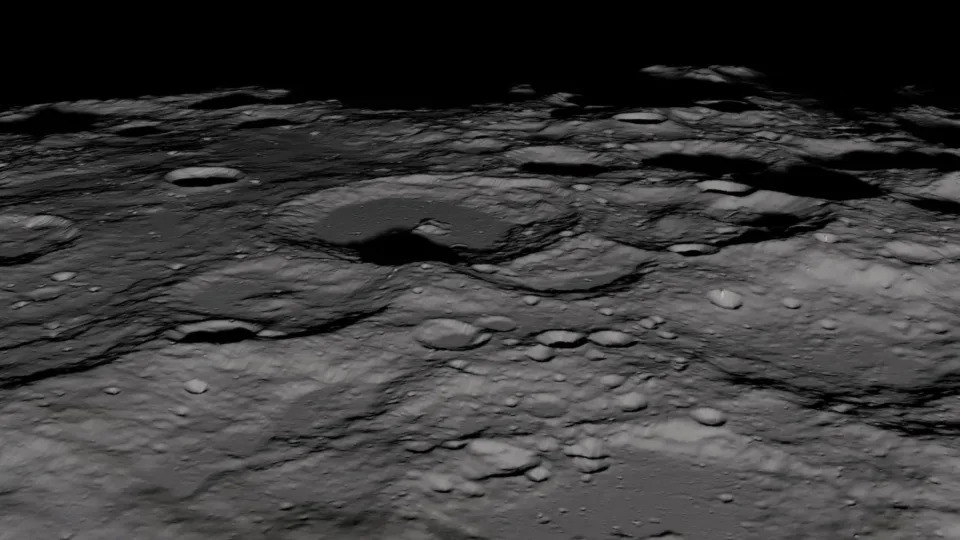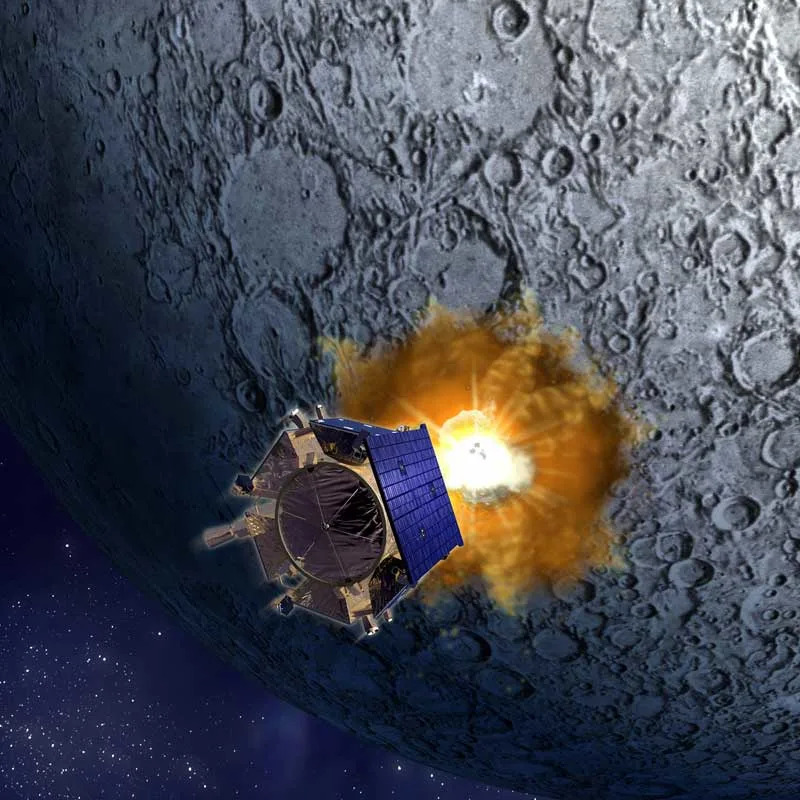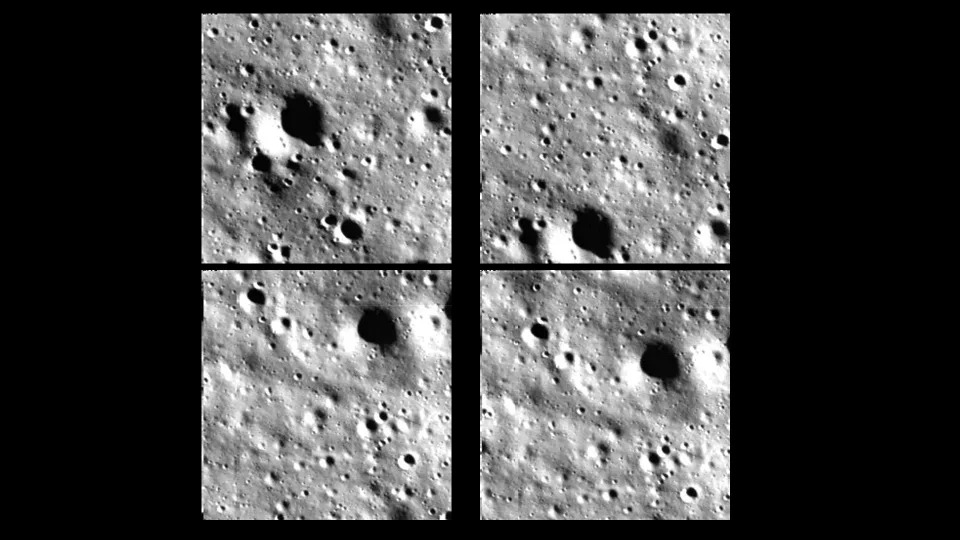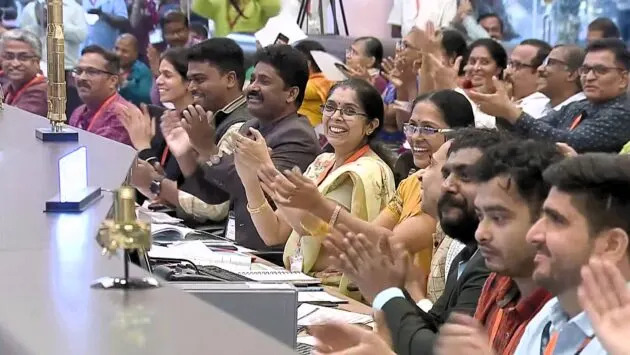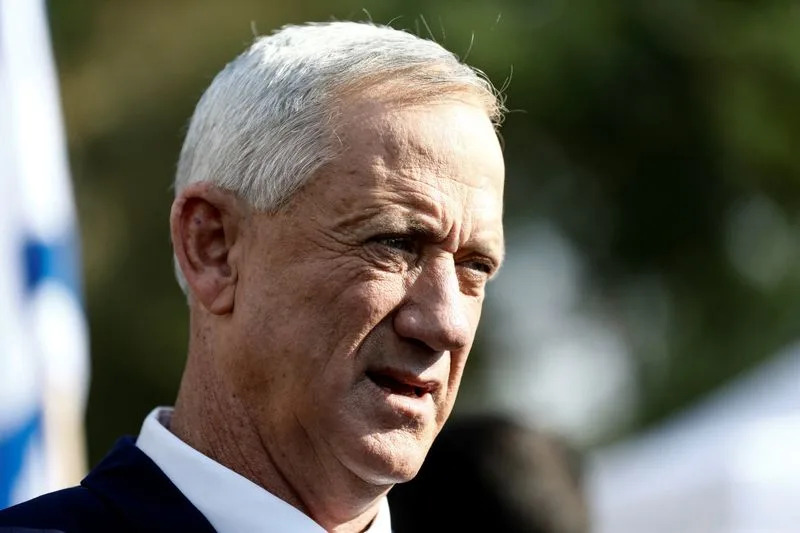Maria Gallucci
Thu, August 24, 2023

The United States is about to expand its offshore wind ambitions into brand new territory. Next week, the Biden administration is set to hold the first-ever auction for offshore wind leases in the Gulf of Mexico, opening up large swaths of water between New Orleans and Houston to potentially gigawatts’ worth of renewable energy development.
The August 29 auction comes at a deeply ambivalent moment for offshore wind. On the one hand, there’s unprecedented interest in the emerging U.S. industry, which has high potential but so far generates enough electricity to power just 20,000 American homes. On the other hand, developers are facing dire financial conditions that are threatening the viability of several major offshore wind projects.
Offshore wind is expected to be a major piece of the U.S. clean energy mix, particularly in densely populated regions and coastal areas with outsize electricity demand. The technology could potentially meet up to 25 percent of the country’s power needs by 2050 — without substantially impacting wholesale electricity costs, according to a recent study by the University of California, Berkeley. But first, the U.S. has to figure out how to overcome industry challenges and get the turbines it plans to build up and running.
Construction on the nation’s first two commercial-scale wind farms is well underway off the coasts of New York and Massachusetts, and the federal government recently greenlighted two more major projects near New Jersey and Rhode Island. Meanwhile, California, Maine and now Oregon are making progress toward deploying “floating” wind turbines in deep coastal waters.
The U.S. pipeline of offshore wind farms in the planning, permitting or construction phases reached a total of 40 GW last year — nearly a thousand times greater than the nation’s current installed capacity of 42 megawatts (0.042 GW). The stunning jump, which the new lease sale will likely add to, is thanks in large part to ambitious state and federal goals for the electricity source, including the Biden administration’s aspiration of deploying 30 GW of offshore wind nationwide by 2030.
But a barrage of economic and logistical headwinds is battering the industry, raising the risk that the U.S. will miss these targets for deploying offshore wind projects this decade and beyond, analysts say.
Recent supply-chain constraints, rising material costs, higher interest rates and permitting delays have all made it more expensive and less profitable to put towering turbines in coastal waters. Companies are struggling to maintain the financial agreements they signed years ago when market conditions were much more favorable, all while the domestic industry continues to hit new milestones.
Offshore wind isn’t alone in feeling the squeeze. The pace of U.S. solar power and onshore wind installations has also slowed due to supply-chain bottlenecks and backlogged power grids. But owing to the sheer scale of offshore wind projects — which can cost over $1 billion and take more than a decade to develop — the turbulent conditions are dealing a particularly big blow to the perpetually up-and-coming industry.
“The trends that the entire market is dealing with are felt more acutely in offshore wind,” said Benjamin Koenigsberg, who focuses on renewable energy project finance for Norton Rose Fulbright, a global law firm.
Walking away from PPAs
As companies confront the reality of soaring costs and lower returns on investment, several major players are pushing to renegotiate — or outright cancel — the offtake agreements they previously made to supply clean electricity from offshore turbines to onshore power grids.
A power-purchase agreement (PPA) is a long-term contract that electric utilities sign with power suppliers that specifies, among other things, the rate utilities will pay for the electricity and how much of the supply they’ll use. Offshore wind developers need to sign these agreements relatively early in the planning process, in order to secure funding they need to cover the costs of getting wind farms spinning.
But a lot can change in the years after the ink dries on contracts.
“The price that developers had negotiated for that PPA contract is no longer profitable to develop, because the costs have gone up, and the cost of raising the finance for the project has gone up,” said Alon Carmel, an offshore wind expert at PA Consulting Group, a London-based consultancy.
At the same time, he added, companies are paying markedly higher prices at auctions to lease swaths of seabed for future development — a sum that, in the United States, developers must pay entirely upfront.
BloombergNEF, a clean energy research firm, recently looked at how both the recent market turmoil and federal tax incentives have impacted the sector’s levelized cost of electricity — a measure that tabulates the upfront costs, operating expenses and energy performance over a project’s lifetime. Analysts found that the levelized cost of a subsidized U.S. offshore wind project rose to $114.20 per megawatt-hour in 2023, a nearly 50 percent increase from 2021 levels in nominal terms.
All told, about 9.7 GW of proposed U.S. offshore wind farms are “in the queue for renegotiation or cancellation of offtake agreements,” representing more than half of the projects in the pipeline with contracts, according to BloombergNEF.
Avangrid, a U.S. subsidiary of the Spanish energy giant Iberdrola, in July agreed to pay roughly $48 million in fines to scrap its PPAs with three utilities for the proposed 1.2 GW Commonwealth Wind project near Massachusetts. The developer says it aims to rebid the project in the hopes of securing a higher price. Avangrid is also reportedly pushing to renegotiate its contract with Connecticut for the proposed 800 MW Park City Wind project.
SouthCoast Wind, a joint venture of Shell and Ocean Wind, is similarly seeking to scrap its PPAs and secure more money for a 2.4 GW offshore wind project near Martha’s Vineyard. The developer had also proposed installing an export cable beneath Rhode Island waters to connect turbines to the Massachusetts grid. But recently, energy regulators in Rhode Island delayed the approval process, saying there was no need to review infrastructure for a “hypothetical” wind farm.
Meanwhile, energy giants Equinor and bp are in the process of renegotiating PPAs for their four proposed offshore wind farms: the 2.1 GW Empire Wind 1 and 2 project, and the 2.4 GW Beacon Wind 1 and 2 project. “This is a pretty fragile time in the offshore wind industry,” Molly Morris, president of Equinor Wind US, recently told Politico.
A particularly poignant example of offshore wind’s give-and-take-away dynamic can be found in federal waters near Rhode Island, where the companies Ørsted and Eversource are developing the Revolution Wind 1 and 2 projects.
Earlier this week, the U.S. Interior Department gave the final go-ahead to the project’s first phase, which is expected to provide more than 700 MW of clean electricity to customers in Connecticut and Rhode Island. (The project secured three separate PPAs in 2018 and 2019.) But when developers proposed a long-term PPA for the second 884 MW phase — one that reflected the current project economics — Rhode Island Energy rejected the bid. The utility argued that rising costs made the Revolution Wind 2 proposal “too expensive” for ratepayers.
Still room for optimism in offshore wind
The imperiled agreements are “not just a U.S. phenomenon,” Carmel noted. “It’s playing out exactly the same way in Europe.” Most recently, the Swedish state-owned utility Vattenfall halted development of a 1.4 GW offshore wind farm planned near Britain, citing inflation and rising costs.
Offshore wind developers around the world are now pressuring government agencies not only to provide more subsidies to offset rising costs but also to accelerate the planning and permitting processes for approving wind farms and facilitating onshore grid connections — enabling projects to be built faster with fewer costly delays.
Koenigsberg said it’s not yet clear when rising costs and soaring interest rates will finally level off. But the outlook may be slightly brighter for future offshore wind projects in the U.S., in part thanks to the Inflation Reduction Act.
The landmark climate law includes a provision that allows investors to buy tax credits from clean energy projects on the open market, instead of becoming co-owners of the projects. The new tax-credit transfer provision is expected to drastically lower the barriers to entry and potentially unleash billions of new funding for wind, solar and other carbon-cutting projects, as Canary Media recently reported.
“There’s a lot of optimism that simplifying the [tax equity] structure will further spur development and allow for more types of investors to be interested in and willing to invest in offshore wind,” Koenigsberg said.
He added that the new solicitations for offshore wind areas — including next week’s auction in the Gulf of Mexico — could bring “some level of stabilization” to an industry that right now seems to be in a free fall. By developing new projects on more favorable financial terms, companies can potentially balance out the higher-cost, more complicated initiatives already in the pipeline, he said.
“You have to look at the economies of scale that developers will realize as they bring multiple projects to market,” Koenigsberg said. “This is not a one- or two-year industry; it’s something you need to think about with a broader scope and decades out.”

